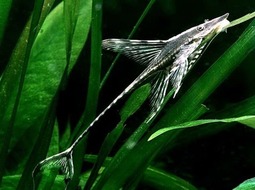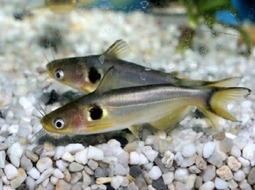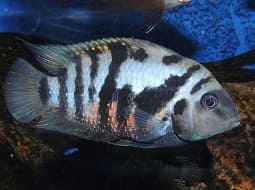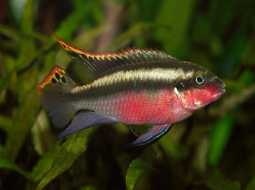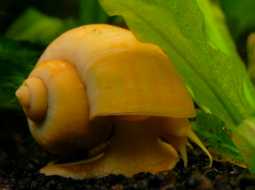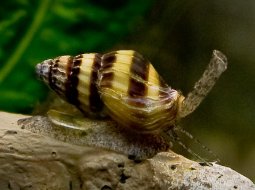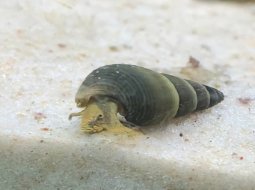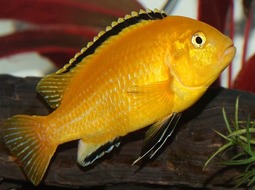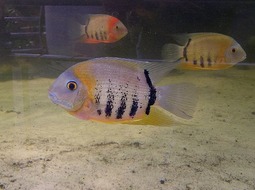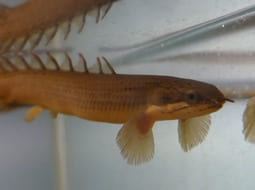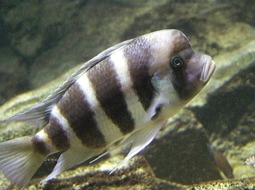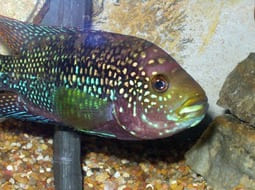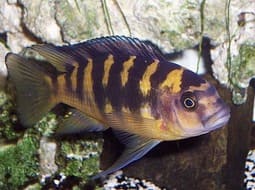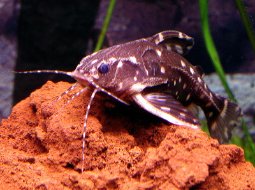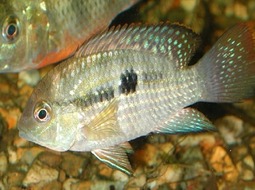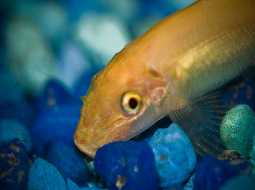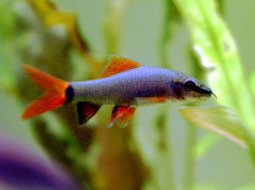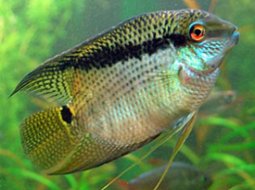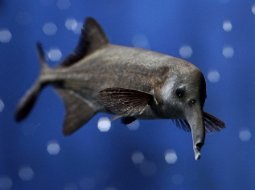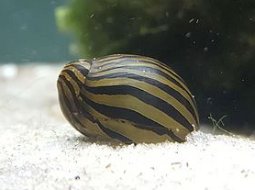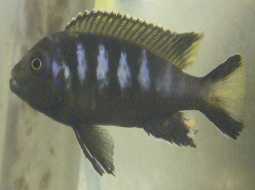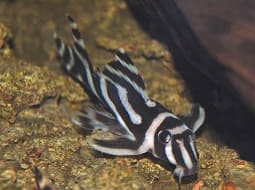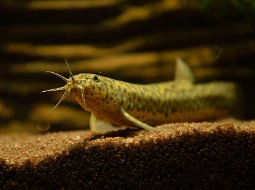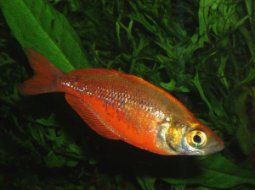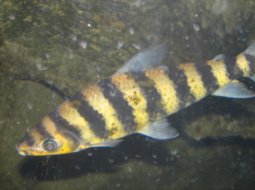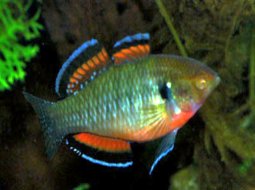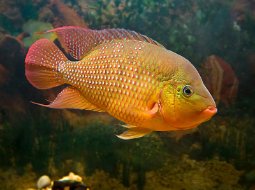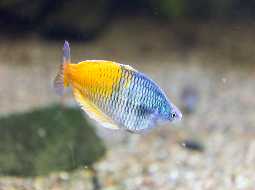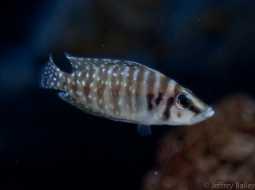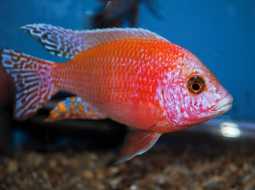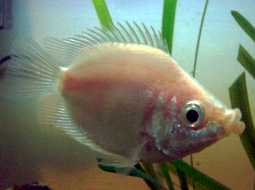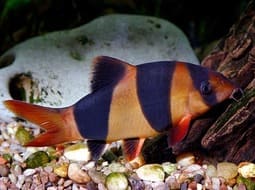
Loading Aqualapp ...
Care and Compatibility of Pez Loro - Red Parrot
Introduction
The Red Parrot is known for its striking red color and its characteristic shape resembling a parrot's beak. It is a popular fish in the world of aquarium hobbyists due to its unique appearance and interesting behavior. While its origin may be controversial, its beauty and cheerful personality make it an attractive choice for tropical fish enthusiasts.
Behavior
Red Parrots are generally peaceful and sociable fish that can adapt well to community aquariums. They are active and curious, and enjoy exploring their environment. Although their swimming style may be a bit clumsy due to their robust body, this doesn't hinder them from being active and playful fish. They are known to interact with their caretakers and can recognize the people who regularly feed them.
Sexual Dimorphism
Sexual dimorphism in Red Parrot fish is not evident. Both males and females have a similar appearance and can be difficult to distinguish. However, males may develop a hump on the head and be slightly larger than females as they mature.
Reproduction
Breeding Red Parrots in captivity is a controversial topic due to their hybrid origin and difficulties in reproducing naturally. In general, the breeding of Red Parrots is carried out in specialized breeding farms, where selective crossbreeding is performed to obtain new generations of fish. Due to their peculiar morphology, they may have difficulties reproducing naturally.
Aquarium Conditions
The Red Parrot fish is a hybrid variety of cichlids, known for its vibrant red color and active personality. It requires a spacious aquarium with rocks, driftwood, and caves for exploring and hiding. Prefers warm water temperature and good filtration to maintain excellent water quality.
Feeding
Red Parrots are omnivorous and accept a variety of foods in their diet. They primarily feed on high-quality commercial foods in the form of pellets or granules. They can also enjoy live or frozen foods such as brine shrimp, daphnia, and mosquito larvae, which provide variety and additional nutrients in their diet.
Complexity
Caring for Red Parrot fish is moderately easy. They are robust fish that can adapt to a variety of water conditions. They are omnivores and accept a variety of foods, but it's important to avoid overfeeding them. They may display territorial behaviors, especially during breeding.
In case you need more help, or if you want to know into any topic related to the Red Parrot (Pez Loro) and even any other species you can use the forums to ask what you need.
To do an analysis more detailed about coexistence and behavior of Red Parrot (Pez Loro) use the Aquarium simulation tool, if you do this you can test different ways to combine the Pez Loro with other fishes giving the dimensions and space on you aquarium, on this way you can known the optimal configuration for keep the fishes that you want.
You can also find out the 56 species compatible with the Red Parrot (Pez Loro) can live together.
Note: The parameters of the water such as PH and temperature are also used to calculate the compatibility of the species.
Compatible species (56)
Compatible (13 Species)
Compatible without any restriction
Similar Sizes (1 Species)
They can coexist if they are the same size or very similar sizes, it does not work in all cases, there may be exceptions.
With Reservation (16 Species)
Compatible in some cases, it depends on the nature and personality of the fish.
Las especies territoriales por lo general pueden convivir con especies protegidas con coraza, ya que no pueden hacerles daño por su dura piel, lo que si hay que tener en cuenta es tener un acuario con dimensiones favorables para que cada pez pueda delimitar un territorio, ya que la mayoría de peces acorazados son también peces de fondo y les gusta estar buscando lugares donde ocultarse.
Showdown over territory (5 Species)
Fish can live together as long as the space is spacious enough to delimit a territory, otherwise there may be aggressions for competing for the territory.
Considerable size difference (5 Species)
They can coexist while they are similar in size or the size difference is not very abysmal, since as the fish grows it increases the chances of eating its partner that did not grow much.
Compatible if space is enough (16 Species)
They can coexist together if the aquarium they share is large and spacious enough for both species to feel good, as some fish may attack others to feel that they have little space and try to eliminate the competition.
Pez Loro
Red Parrot
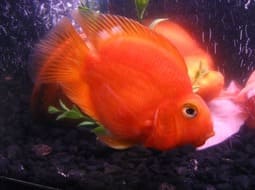
- Ph: 7 - 8
- Temperature (c°): 23 - 26
- Measures: 30 cm
- Aquarium Capacity:
150 Liters - 40 Gallons - Alimentación: Carnivores, Omnivores
- Colores: Orange, Red
- Comportamiento: Active, Semi Aggressive, Territorial
- Habitad: American
- Preferencias del Acuario: Rocks
- Tamaño: Big
- Taxonomía: Cichlids, Fish
- Tipo de Agua: Sweet water, Tropical waters
- Velocidad de nado o movimiento: Normal
- Zona de Nado: Swim in the middle of the aquarium

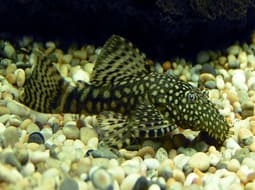
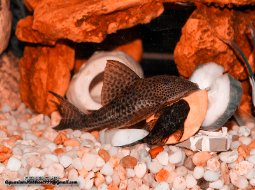
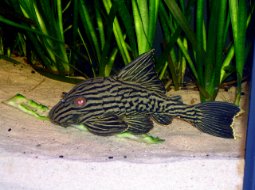


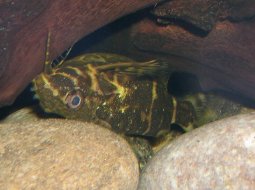
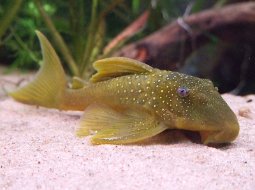
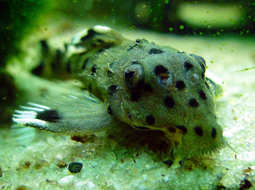

.jpg)
